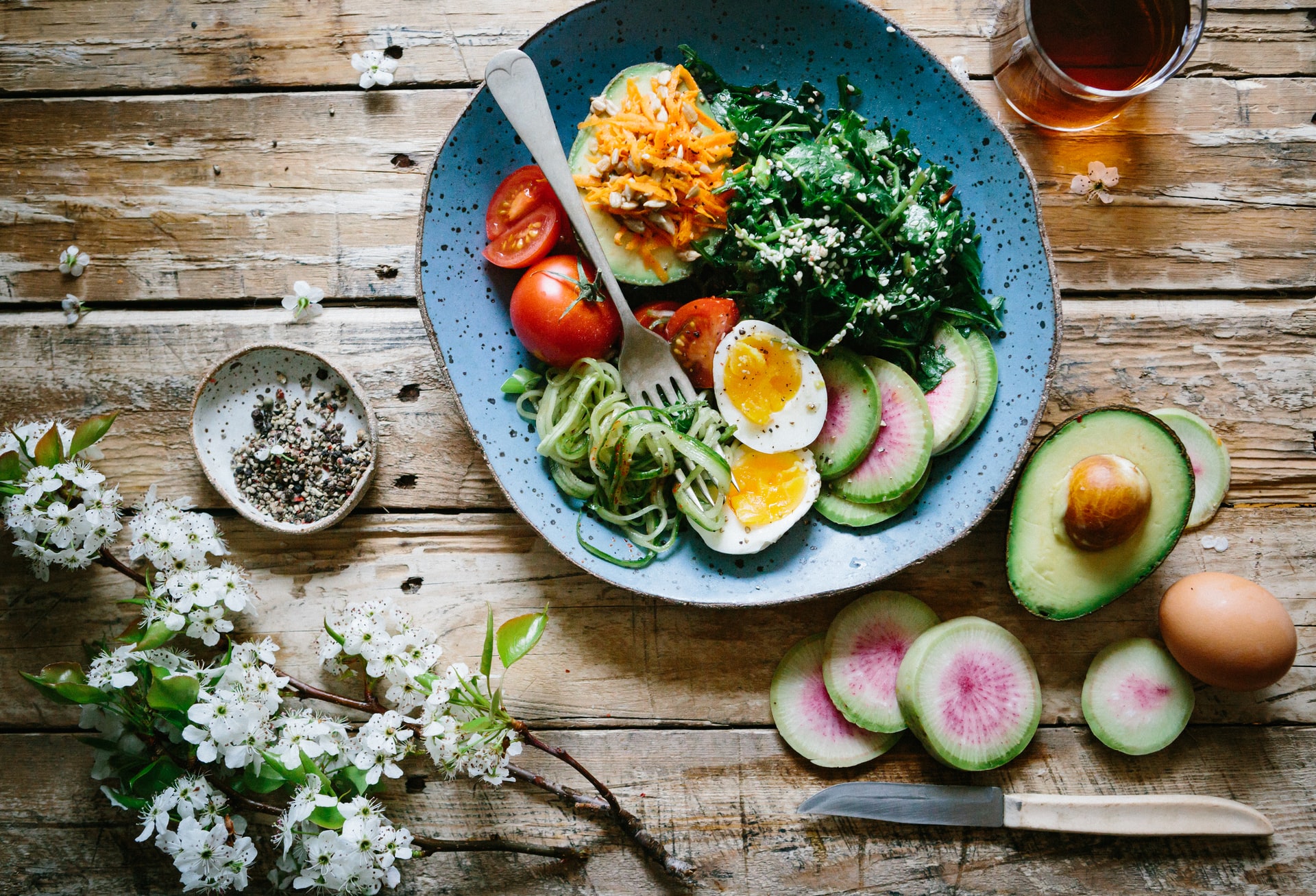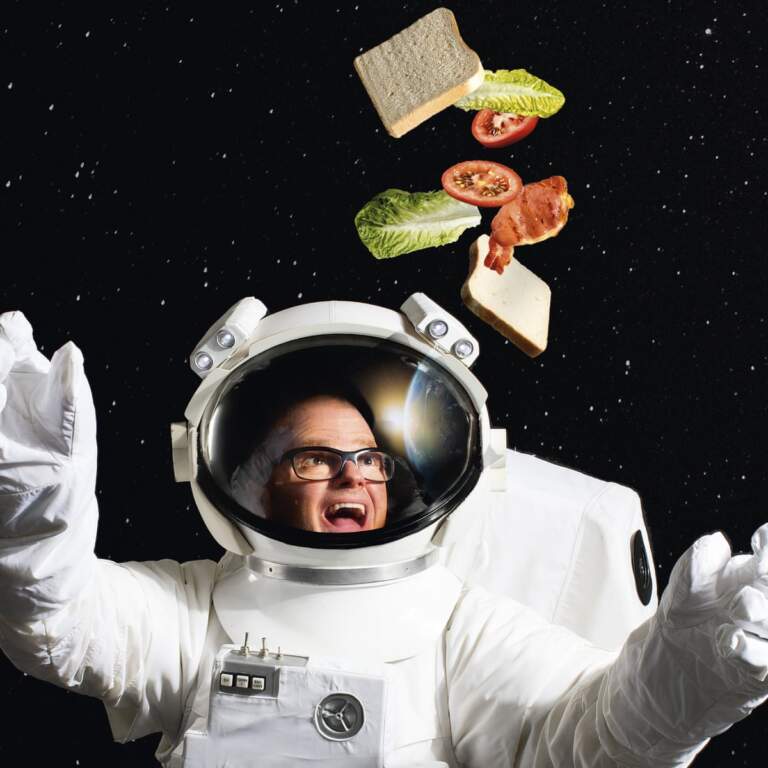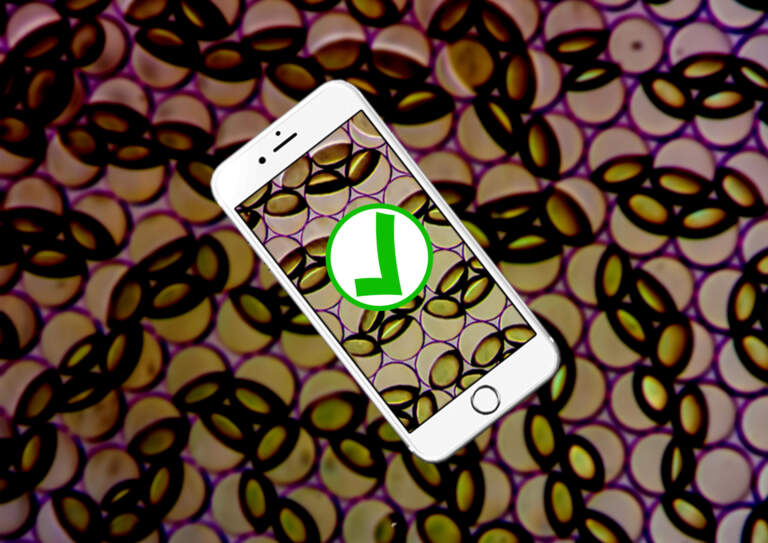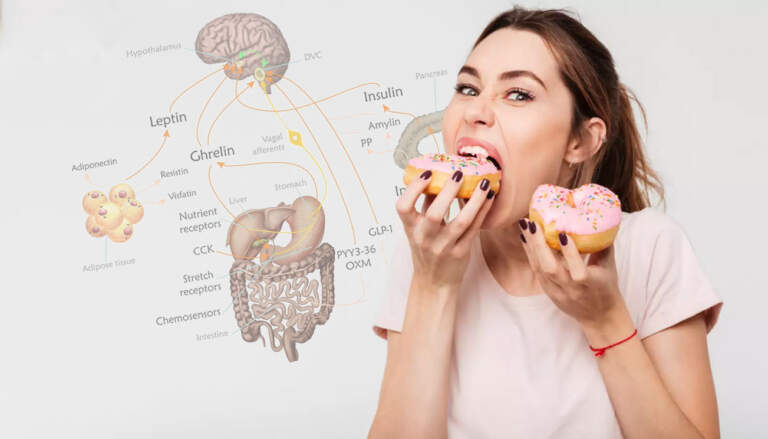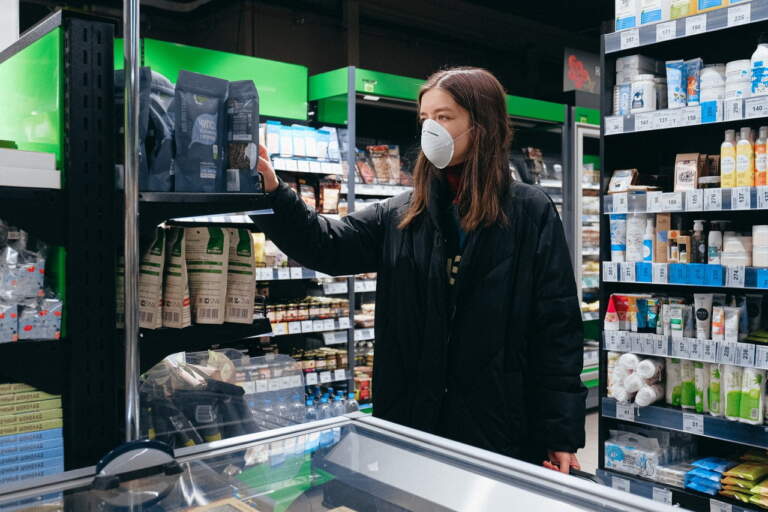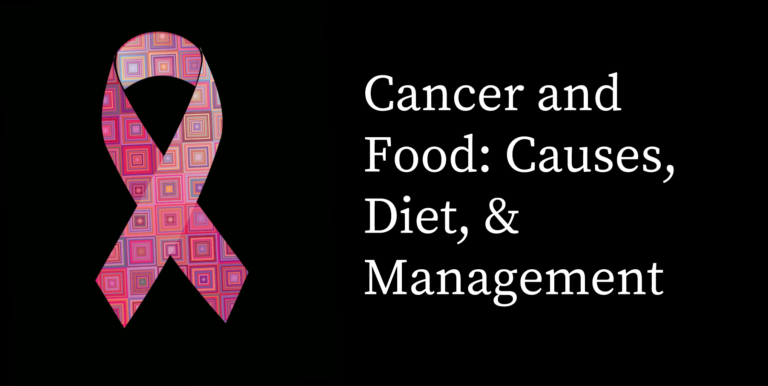Clean eating can best be described as a holistic approach to finding foods that are fresher, less processed, and a higher quality. The broader idea comes from the belief that your health is the single most important investment you can make.
Observational studies have linked ultra-processed diets with poor health, weight gain, and early death. While there is no one right way, the clean eating approach prefers food in its natural state.
Clean eating is about choosing whole foods and ingredients, products that are minimally processed, and as additive-free as possible. It is not a punishing mindset, but a prioritizing one:
- Whole foods and ingredients first.
- Minimally processed foods made with whole and familiar ingredients.
- Where possible, avoid synthetic chemicals, pesticides, and preservatives, as well as artificial sweeteners, flavors, and colors.
The practice also promotes home-cooking and developing a culture of food that leads to meals that taste great and are better for you.
What clean eating is not
- It’s not hard science. It is a conceptual framework to help navigate the vast food choices available.
- Exclusive and judgmental. It’s not an all-or-nothing approach, nor a tool by which to measure someone’s value.
- Versus “dirty.” Clean eating can only be contrasted with “messy,” where western diets are complicated and confusing.
- Inflexible. It is an inclusionary approach that you can adapt, whether you are vegetarian, vegan, pescatarian, gluten-free, nut-free, dairy-free, egg-free, or simply choose not to eat certain foods.
- Only about avoiding processed foods or chemicals. It is about moving toward quality and making the healthiest choice.
How to shop for a clean diet
- Whole foods come first. Wholefoods don’t need labels with ingredients.
- Cut or eliminate ultra-processed foods that contain synthetic chemicals, pesticides, and artificial colors, flavors, sweeteners, and preservatives.
- Choose minimally processed foods. It is food where, if you wanted to, you could find all the ingredients and make it yourself.
- Focus on healthy oils such as olives and avocados.
- Where you can, choose organic and no added hormone milk, cheese, yogurt, and butter.
- Select meats, poultry, eggs, and seafood with no hormones administered or antibiotics added.
- Take care when choosing plant-based proteins as an alternative to meat as they can be highly processed and contain fillers, preservatives, and artificial ingredients.
Making clean eating stick
- Declutter your countertops. Replace sugary or processed snacks for a bowl of fresh fruit.
- Reorganize your fridge and pantry. Place unprocessed, whole foods in front, and make packaged foods less visible.
- Stay positive. Don’t beat yourself up for a food choice. Big changes take time.
Source: theguardian.com

